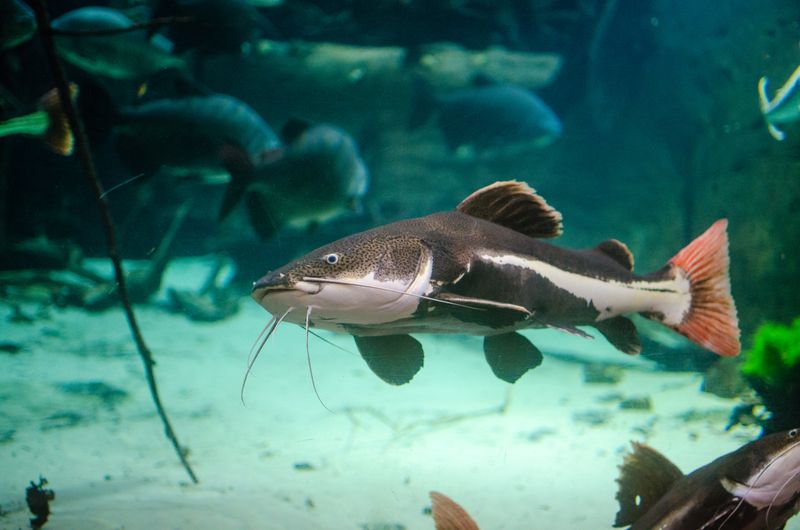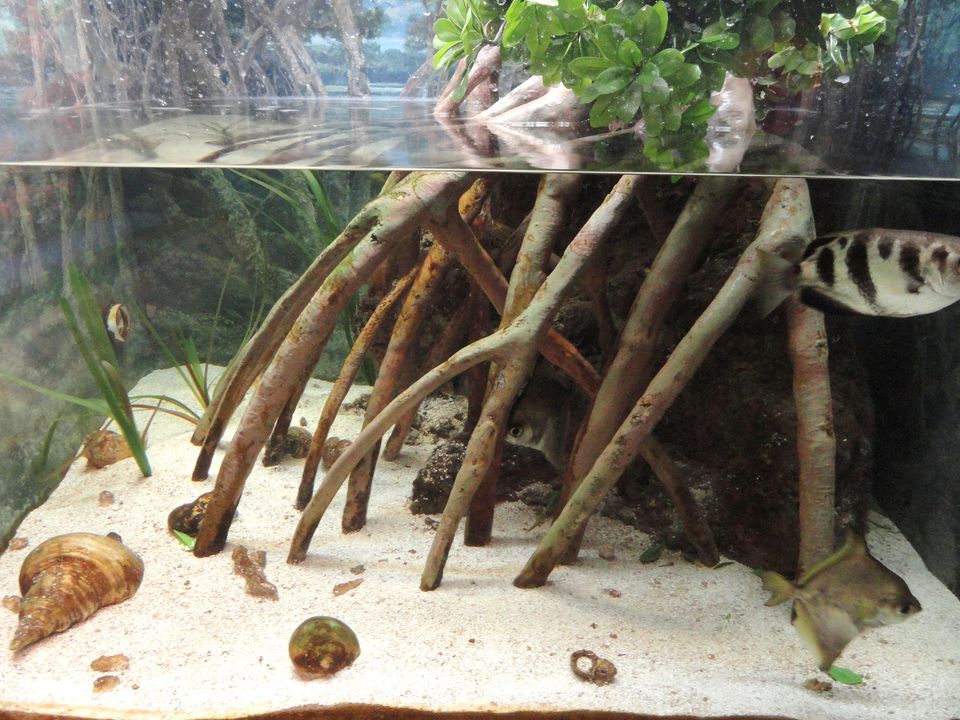Redtail Catfish: An Introduction and Care Guide
They are known for their large size, distinctive appearance, and aggressive behavior, and they can make interesting and challenging pets for experienced fishkeepers.

Redtail catfish (Phractocephalus hemioliopterus) are a popular and striking species of fish that are native to the Amazon River Basin in South America. They are known for their large size, distinctive appearance, and aggressive behavior, and they can make interesting and challenging pets for experienced fishkeepers. In this article, we'll provide an introduction to redtail catfish and offer some tips on how to care for them in an aquarium.
Appearance and Behavior
Redtail catfish are known for their large size and distinctive appearance. They can grow up to several feet in length and can weigh up to 100 pounds in the wild. They have a long, slender body with a distinctive red or orange stripe running along the length of their tail. They also have large, distinctive barbels on their face, which they use to locate food.
Redtail catfish are aggressive predators that are known to be territorial and sometimes aggressive towards other fish. They are also known to be voracious eaters and will consume a variety of prey, including smaller fish, crustaceans, and other aquatic animals. They are generally not suitable for community tanks and should be kept with larger, similarly sized fish or in a species-only tank.
Aquarium Care
Redtail catfish are hardy and adaptable, but they have specific care requirements that must be met in order to thrive in an aquarium. Here are some key points to consider when caring for redtail catfish:
Tank size
Redtail catfish are large fish that require a lot of space to swim and exercise. They should be kept in a tank with a minimum volume of at least 100 gallons, with larger tanks being even better. It's important to provide plenty of open swimming space and hiding places for your fish to retreat to.
Water temperature
Redtail catfish prefer water temperatures between 73 and 82 degrees Fahrenheit. It's important to use a thermometer to monitor the temperature of your tank and make sure that it stays within this range.
Water quality
Redtail catfish are sensitive to changes in water quality and require a well-filtered, well-oxygenated environment. Regular water changes and the use of a good quality filter are essential for maintaining the health of your fish. It's also important to use a water conditioner to remove chlorine and other impurities from the water.
Diet
Redtail catfish are omnivorous and will eat a variety of foods, including flakes, pellets, vegetables, and live or frozen foods. It's important to feed them a varied diet to ensure that they receive all the nutrients they need. They have a high metabolism and should be fed several small meals per day, rather than one large meal. It's also important to avoid overfeeding, as excess food can lead to water quality issues and contribute to the risk of disease.
Housing
As mentioned earlier, redtail catfish are aggressive and territorial, and they should not be kept with smaller or more peaceful fish. They are best kept with other large, similarly sized fish or in a species-only tank. It's important to provide plenty of hiding places and territories for your fish to establish, as this can help to reduce aggression and promote a sense of security.
Redtail catfish are a popular and striking species of fish that are known for their large size and aggressive behavior. They can make interesting and challenging pets for experienced fishkeepers, but they have specific care requirements that must be met in order to thrive in an aquarium. By following the care guidelines outlined in this article, you can help to ensure the health and well-being of your redtail catfish.




